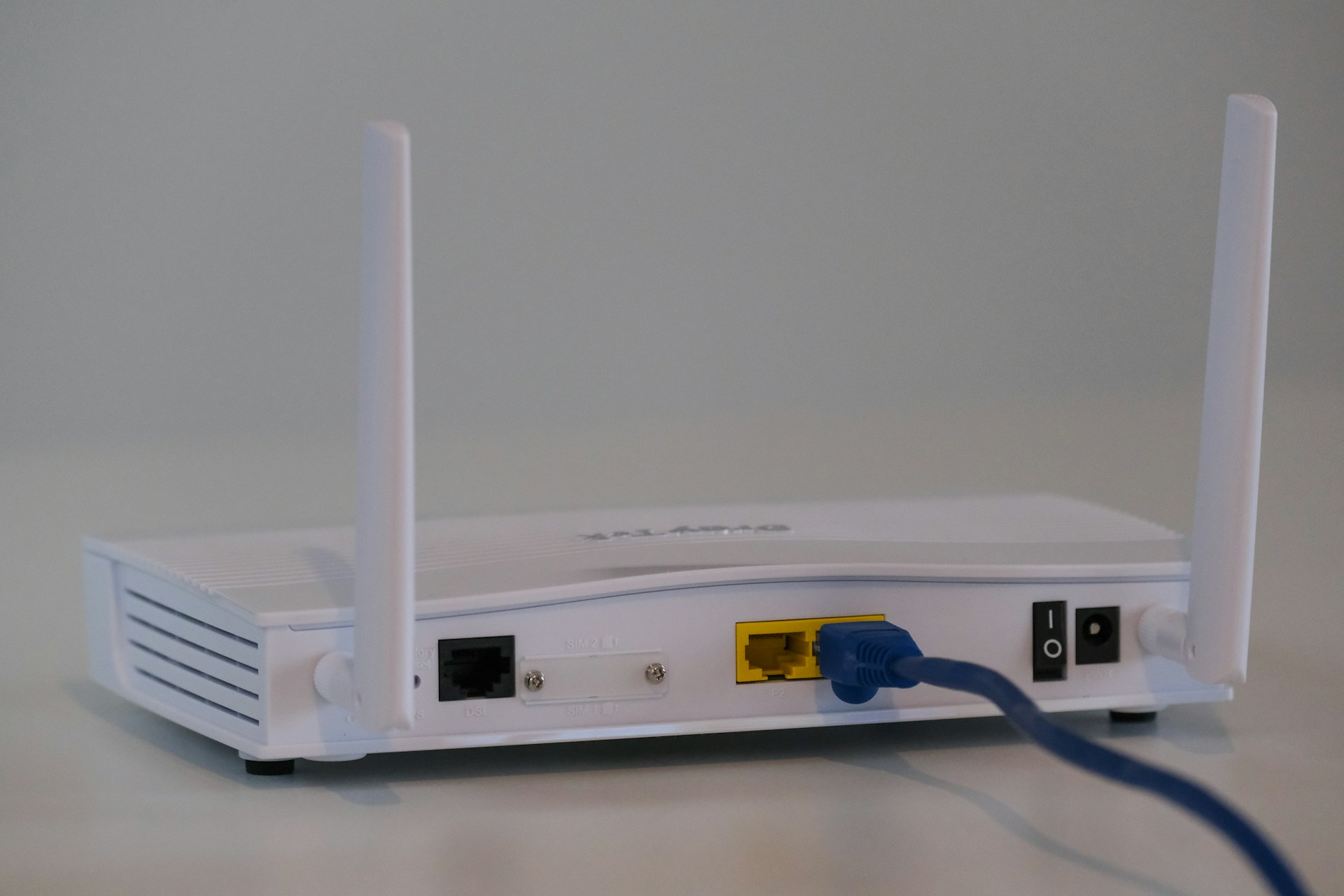Introduction
Both tools feel instant, but they solve different problems. Google is a map: it shows you what exists, who said it, and when. ChatGPT is a guide: it reshapes what you find into outlines, drafts, and decisions. Use them together and you’ll move faster without skipping verification. This article gives you a clean rule of thumb, a hybrid workflow you can repeat, and examples that mirror everyday work—drafting a policy, doing a market scan, or scoping code. If money, legal, medical, or safety outcomes are at stake, you’ll finish in Google with primary sources. If you’re writing, brainstorming, or wrangling messy notes, you’ll start in ChatGPT and save hours. The point isn’t to pick a winner; it’s to pick the right first step.
Use Google when…
-
You need authoritative sources or official docs.
-
It’s time‑sensitive (news, prices, schedules).
-
You must compare multiple viewpoints.
-
You’re hunting a specific page.
Use ChatGPT when…
-
You want a first draft or outline.
-
You need synthesis across sources.
-
You’re stuck and need ideas/checklists.
-
Your notes are messy and need cleanup.
Hybrid workflow
-
Frame with ChatGPT (decision tree/outline).
-
Validate in Google (3–5 credible sources).
-
Refine in ChatGPT (distilled brief; add citations to check).
-
Decide and save sources.
Examples
Travel policy → ChatGPT structure, Google airline rules.
Market snapshot → ChatGPT bullets, Google primary numbers.
Coding task → ChatGPT skeleton, Google library docs.
Pitfalls
Don’t treat AI output as fact; don’t rely on one result; don’t paste sensitive data.

